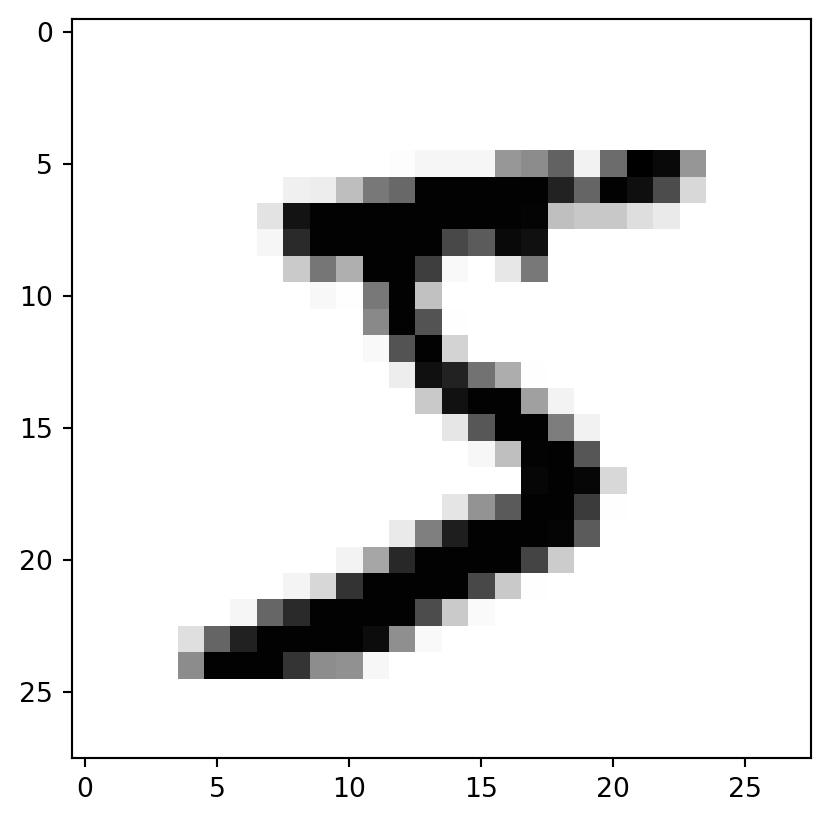Model: "sequential"
_________________________________________________________________
Layer (type) Output Shape Param #
=================================================================
conv2d (Conv2D) (None, 26, 26, 32) 320
max_pooling2d (MaxPooling2D (None, 13, 13, 32) 0
)
conv2d_1 (Conv2D) (None, 11, 11, 32) 9248
max_pooling2d_1 (MaxPooling (None, 5, 5, 32) 0
2D)
flatten (Flatten) (None, 800) 0
dense (Dense) (None, 256) 205056
dropout (Dropout) (None, 256) 0
dense_1 (Dense) (None, 10) 2570
=================================================================
Total params: 217,194
Trainable params: 217,194
Non-trainable params: 0
_________________________________________________________________





